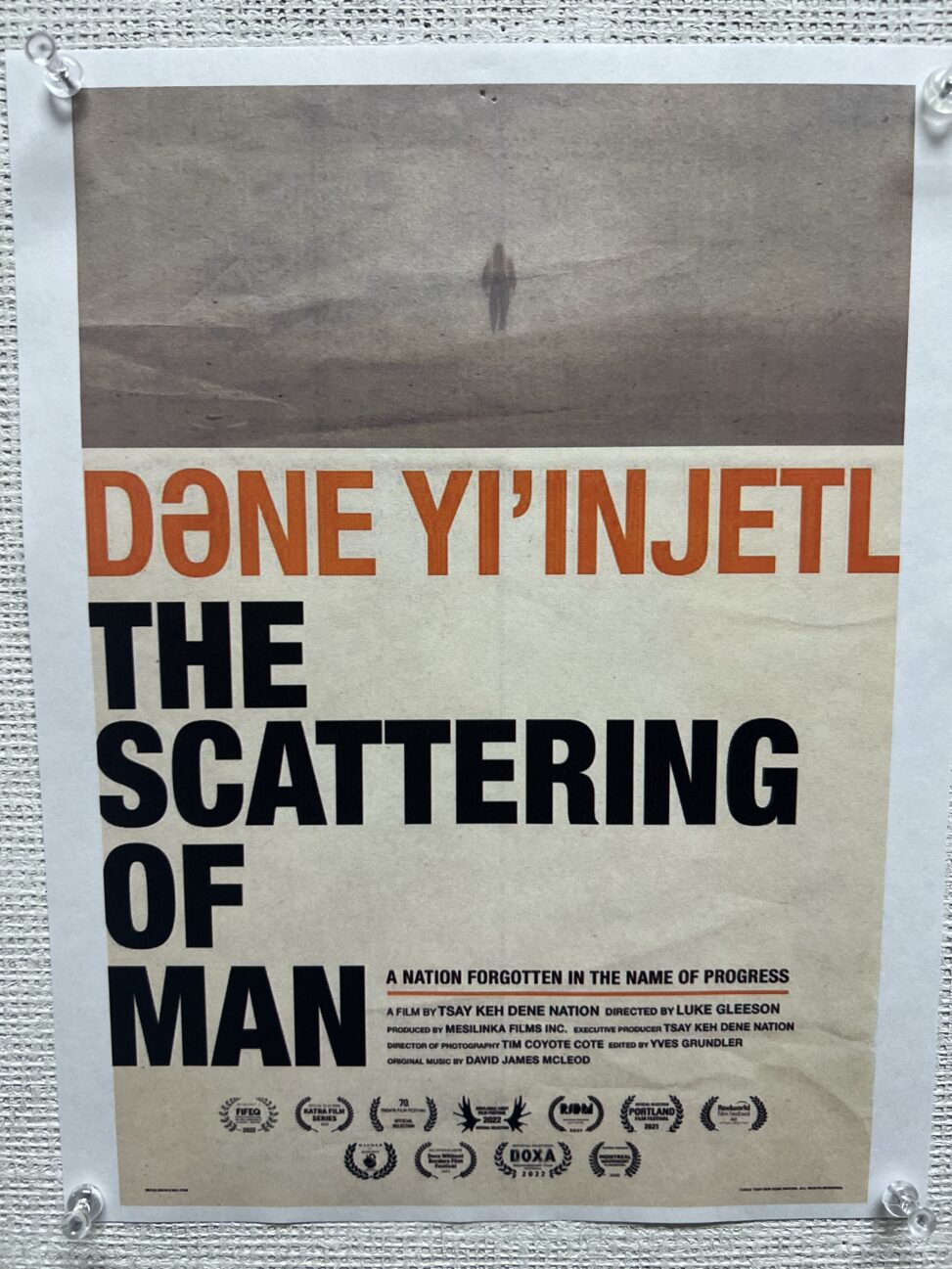The story of the Tsay Keh Dene Nation and the effects of the hydroelectric project that caused the area that the nation inhabited since time immemorial to be displaced due to the rising water. This story is one of many of the injustices and false promises inflicted on Indigenous nations. The film highlighted the events that occurred prior and post flood. The flood was a direct result of the construction on the W.A.C Bennet Dam that flooded the Rocky Mountain Trench which created BC Hydro. Why is it the term BC Hydro is a well-known concept that many of us know however, the story of the Tsay Keh Dene is sparsely known? The scattering of the man did a remarkable job of bringing Indigenous voices and stories to the big screen. The story offers an alternative perspective of Canadian history. Narrative and representation especially on the big screen matters. Hearing a story from the culture’s perspective allows Indigenous culture, values, and stories to be at the forefront rather than those of Eurocentric colonial culture. First person stories like “Scattering of the Man” are an effective tool in an educational setting to educate students on history, values, belief, culture, identify, and worldview. Stories and films such like this one can be used to show a first-person narrative. First person narration allows viewers to put themselves in the narrator’s view. First person narrators helps build a connection to the narrator, this can evoke feeling of empathy and understanding. It allows the viewers to immerse themselves in the narrators’ thoughts and feelings. First person narration and documentaries are an immensely effective tool to incorporate and teach First people’s principles within your classroom.

Leave a Reply